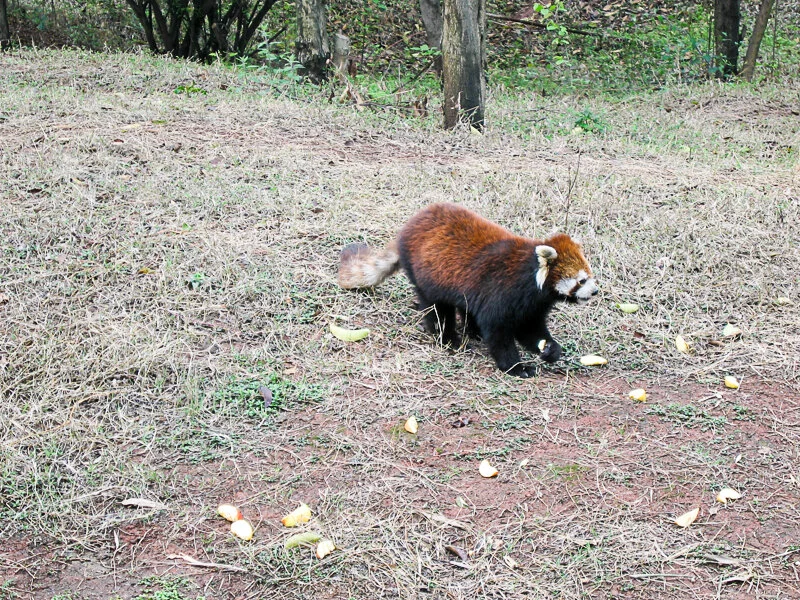Are you ready to go to China
Are you ready to go to China, seventeen years later? (now in 2020)
We took this trip in 2003 but I never posted it on my travel page. I didn’t have a travel page back then, so of course it was never posted.
So WHY post it now?
Because I have been thinking a lot about this trip lately. We are now in April of 2020 and dealing with the Covid19 Virus Crisis. On our trip to China in 2003, we were in China and Hong Kong at the peak of the SARS Virus Crisis, and that’s got me thinking about this trip.
The headlines in our morning’s paper the day we left home for China read “War’s First Shot: Strike on Saddam” and “Virus draws attention in Respiratory Ailment”.
The second story went on to say that some mysterious respiratory illness had already apparently infected over three hundred people in China alone, and several hundred more people in other parts of Asia. The World Health Organization (WHO) calls it “a worldwide health threat” and can’t find the cause of the ailment. Several handfuls have died in China and other places.
This mysterious virus went on to be named the SARS Virus.
The first story was of course the start of the Iraq War. The day that we came home, the newspaper headline said that the war was over. I couldn’t believe that I had missed an entire war while on vacation in China. The reality was that I hadn’t missed an entire war. That war continued until its ‘official’ end which was in December, 2011, though fighting continued on.
Our China trip was from March 20, 2003 to April 10th. The SARS virus was not the news we had hoped for to start our trip to China but life can be like that. We never considered not going, just because of an unknown virus. I might make a different decision today.
I started this trip with my very first digital camera which was a ‘point and shoot’ camera. Still, it was a great trip for us and some of the photos were pretty good.
SARS was hitting its peak by the end of the first week in April, 2003 which was when we were in Hong Kong. It was quite a place to be with a raging virus. We learned a lot about dealing with a virus and it is now flooding back to me, so here we go with my China, Tibet, and Hong Kong trip, seventeen years later.
This was our first day in Beijing during our visit to the Forbidden City.
The Forbidden City is like the ‘winter palace’ and we also visited the summer palace, also an amazing place.
Part of our China tour was spending some time cruising up the Yangtze River.
Tibet was a place that I knew nothing about. It turned out to be a wild experience for us. Below is a view of old town Llasa from the roof of the Jokhang Temple.
We followed the news every day during the trip, to the extent that we could. By the time we got ready to fly to Hong Kong, we knew that the SARS virus was raging and considered dangerous. You can see my wife Vicky below out on the streets of Hong Kong. This was our first experience with such a deadly virus.





















































































































